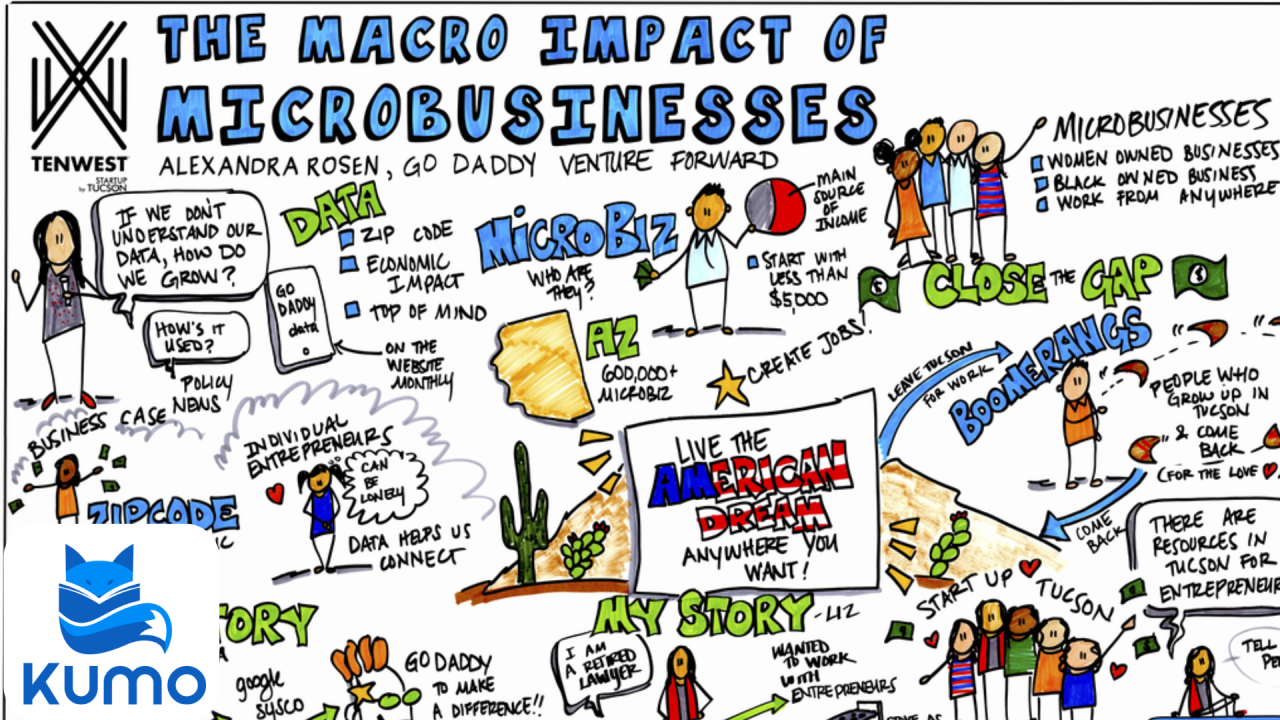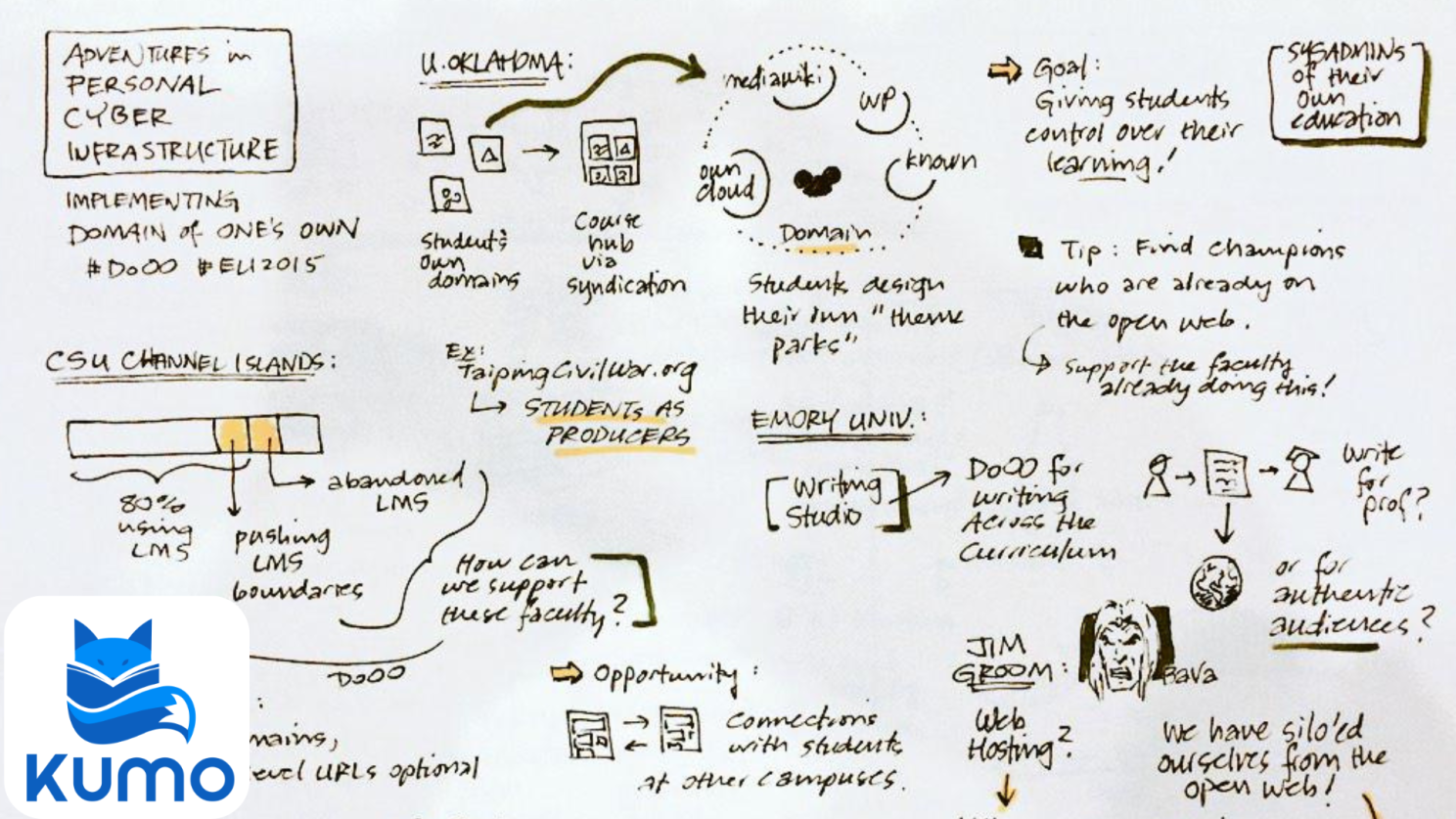
Storyboarding for ADHD study
Studying with ADHD can be difficult. Not only does an ADHD brain lack the executive functioning skills to stay disciplined and focused in times of need, but also faces memory retention problems to learn the content. Many students with ADHD need to come up with creative ways to make sure content can be absorbed and remembered. One strategy we tell them is storyboarding.
Incorporating storyboarding and creative techniques, such as drawing and visualisation, into study practices can significantly enhance memory retention. By organising information into a storyboard, students create a sequence that mimics a narrative, which allows the brain to connect pieces of information into a memorable structure. This narrative structure is neurologically powerful because it activates pattern-recognition systems in the brain, leading to deeper memory encoding. Storyboards break down complex information into smaller segments, each connected visually and contextually, which supports the brain’s natural method of processing information in chunks, making recall easier and more vivid.
Research shows that the use of storyboarding and visual storytelling creates strong, memorable mental maps. For example, by arranging study material in the form of a story or visual diagram, students leverage emotional and spatial memory pathways, which can improve recall and understanding. This process aligns with how children learn through repeated narratives; the familiarity and predictability of a story format give structure to learning material, allowing the brain to assign and recall it as a whole unit rather than scattered details. This structured, predictable format increases engagement and helps retain information for longer periods due to the emotional response it triggers.
Moreover, studies in cognitive neuroscience highlight that visual creation techniques, such as drawing or diagramming, involve active engagement with content, which helps consolidate learning. Drawing or sketching key concepts allows students to interact with information on multiple levels, associating ideas with shapes, symbols, or patterns that uniquely resonate with them. This multi-sensory engagement strengthens both short-term and long-term memory. For instance, creating a visual timeline of historical events or using a storyboard to plot a scientific process can make these abstract concepts tangible, encouraging active recall and reinforcing retention.
Storyboarding can also benefit various learning styles. Many students with ADHD are visual learners, and gain from the clear visual structure, while kinesthetic learners benefit from the hands-on process of drawing. Storyboarding even supports auditory learners by converting spoken information into images, providing an adaptable approach that supports memory across diverse learning preferences.
Next year, we are working with schools and universities around Australia and New Zealand to help students with ADHD structure and work through their studies. Alongside our Version 2 launch, our mission is to drive retention rates and improve the success of students with ADHD during their university studies. If you would like to find out more about our work at Kumo, please reach out!

